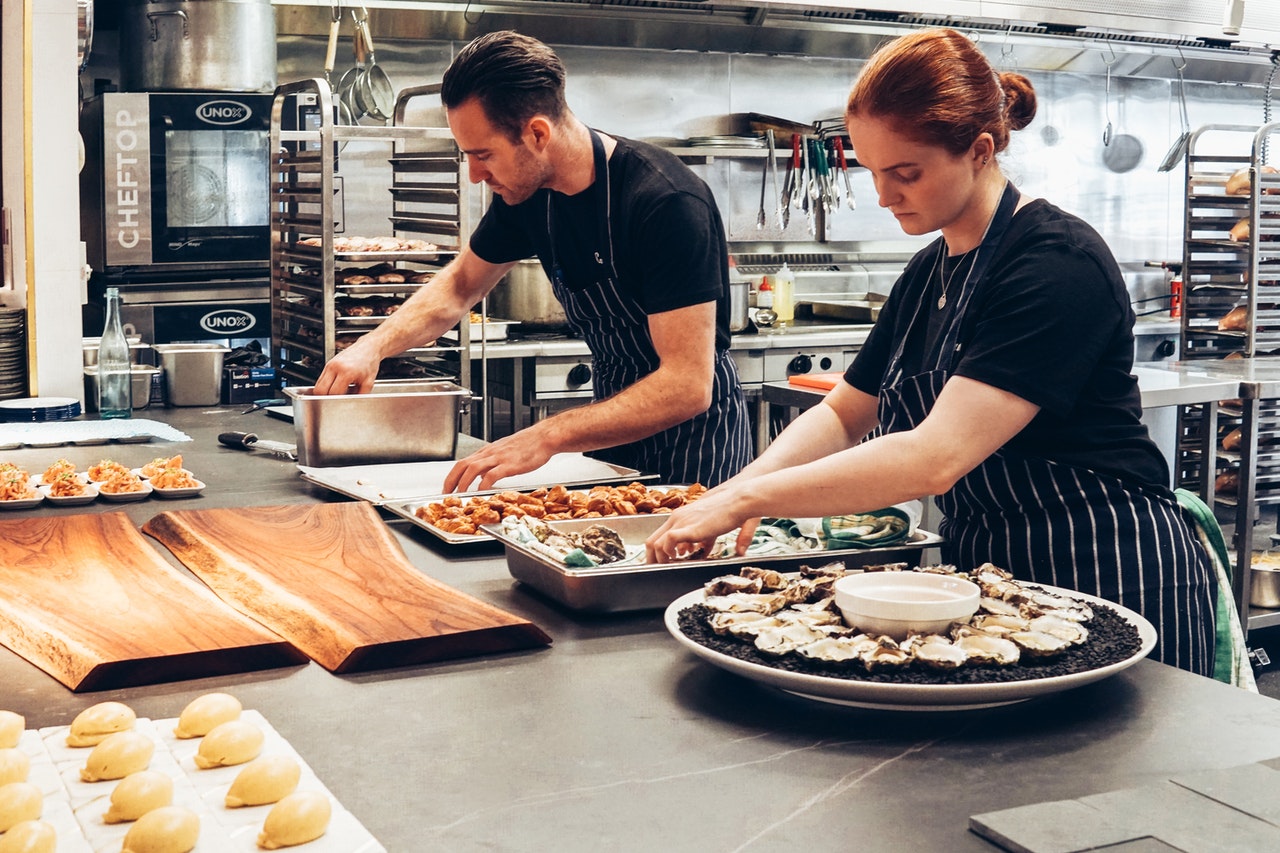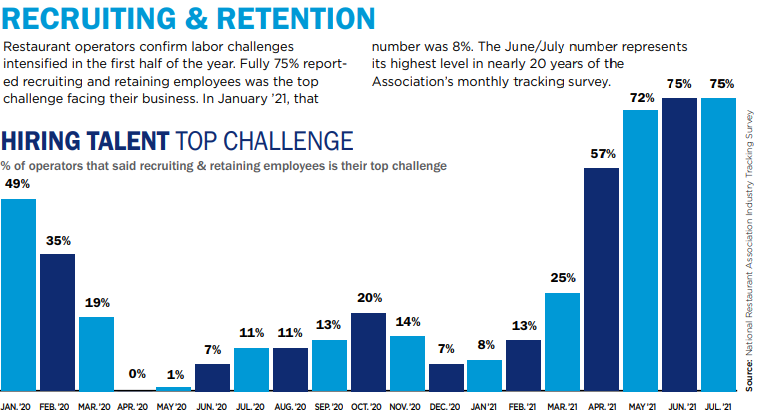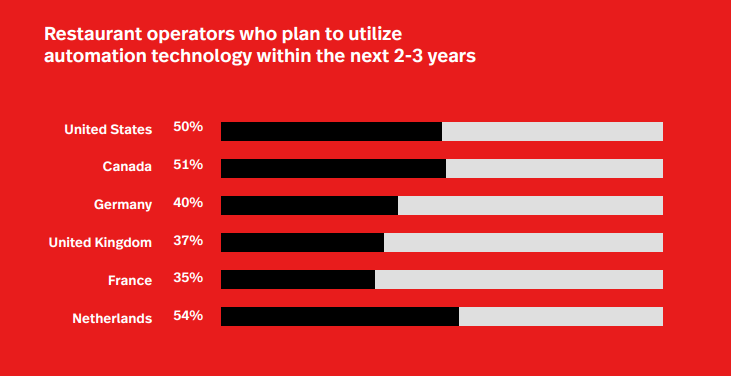Topics: Procure-to-pay cycle
Posted on December 31, 2021
Written By
Siddharth Sujan

If there’s one industry that has experienced the lowest lows during the pandemic outbreak, it has to be the restaurant & hospitality sector. In addition to the frequent lockdowns, restaurants across the world have had to deal with supply chain disruptions caused by labor shortages and price fluctuations of raw materials. At a time when businesses look to get back on their feet, it has become crucial for restaurants to better manage their procure-to-pay (P2P) process to maximize efficiency and profits.

A restaurant business, irrespective of its size, niche or geography, tends to be highly dependent on multiple suppliers for the procurement of raw materials and ingredients. Factors like product shelf life and seasonal demands only add to the complexity of managing the supply chain. In the post-pandemic era where customers expect top notch service and safety, restaurants find themselves dealing with no room for error.
In order to reduce manual intervention and eliminate human errors, restaurants are increasingly turning to specialist procure-to-pay companies that can help optimize ordering through a combination of intelligent technology and industry best practices.
Traditionally, businesses have relied on email or paper-driven ordering and approval, which can not only prove to be time-consuming but also prone to errors. A digital procurement system, on the other hand, allows businesses to streamline the process of making & receiving orders, track purchases, improve visibility on business spending and generate accurate reports.
While such systems have been common in the hospitality industry for quite some time now, finance leaders are now recognizing their true potential as onshore teams focus on dealing with the bigger, COVID-induced challenges.
RELATED CASE STUDY: Check out how QX worked with a leading student housing provider to automate the ordering process by implementing its proprietary purchase order system, QX Procurely.
Let us look at some ways in which a restaurant’s P2P process undergoes transformation when ordering is automated.
1. Time and Cost Savings: As mentioned earlier, procuring materials is a key aspect for the day-to-day functioning of any restaurant. As these businesses deal with multiple vendors, procuring materials not only involves significant capital investment, but can also take up a good amount of time.
However, automating the ordering process simplifies the P2P process in several ways. These systems act as a one-stop-shop, listing down all vendors and materials, along with past order history in one consolidated portal. In addition to speeding up the process, these systems also improve visibility on spends and help identify new avenues for cost saving.
2. Improved Inventory Management: One key step that every restaurant performs before placing any new orders is to take a stock of the inventory. While inventory management can easily be carried out manually for small setups, big restaurants and fast-food chains often struggle with keeping a track of what is available in stock.
A specialist procure-to-pay company can help restaurants implement systems that link ordering to inventory. As a result, as soon as an order is placed, the same is automatically updated in the inventory. This allows business owners to keep a real-time track, preventing them from running out of supplies or excess ordering.
3. Wider Vendor Pool: In order to reduce effort and keep the procure-to-pay process in check, restaurants often end up relying heavily on a single or a handful of vendors. While this can lead to strong business relationships, it can also increase dependence on selected vendors and potentially, lead to higher costs.

An automated ordering system enables P2P process transformation as it enables businesses to seamlessly track & manage a large number of vendors. As a result, restaurants can not only procure high-quality ingredients but also get fair prices for their purchases. Additionally, some ordering systems also offer the ability to search for new vendors on basis of a company’s order history.
4. Data-driven Business Decisions: When a restaurant performs its ordering manually, it, more often than not, ends up ignoring the potential of valuable data generated during the course of the procure-to-pay process. On the other hand, automating ordering can play a key role in identifying the role procurement plays in your overall business performance. Matrices like consumer preferences, sales and profit are easily highlighted, which in turn, can help modify your spending and service habits to maximize profits.
RELATED BLOG: Keen to find out some best practices that can help optimize your procure-to-pay process? Read the blog to find out.
While digitizing the ordering process comes with a wide range of benefits, it is not as unidimensional as it sounds. Moving from legacy practices to automated systems requires great deal of planning, investment and expertise. Automation projects, when not executed properly, can backfire on your business in a big way and create operational disruption.
QX Global Group is a leading sourcing agency offering outsourced finance & accounting solutions to businesses across the globe. Our outsourced procure-to-pay process solutions have enabled end-to-end transformation for clients across industries. In addition, we have also developed a proprietary purchase order system, QX Procurely that can help restaurants digitize their ordering process.
Got some questions? Get in touch with our experts today for a no-obligation consultation.
Originally published Dec 31, 2021 05:12:56, updated Apr 17 2024
Topics: Procure-to-pay cycle